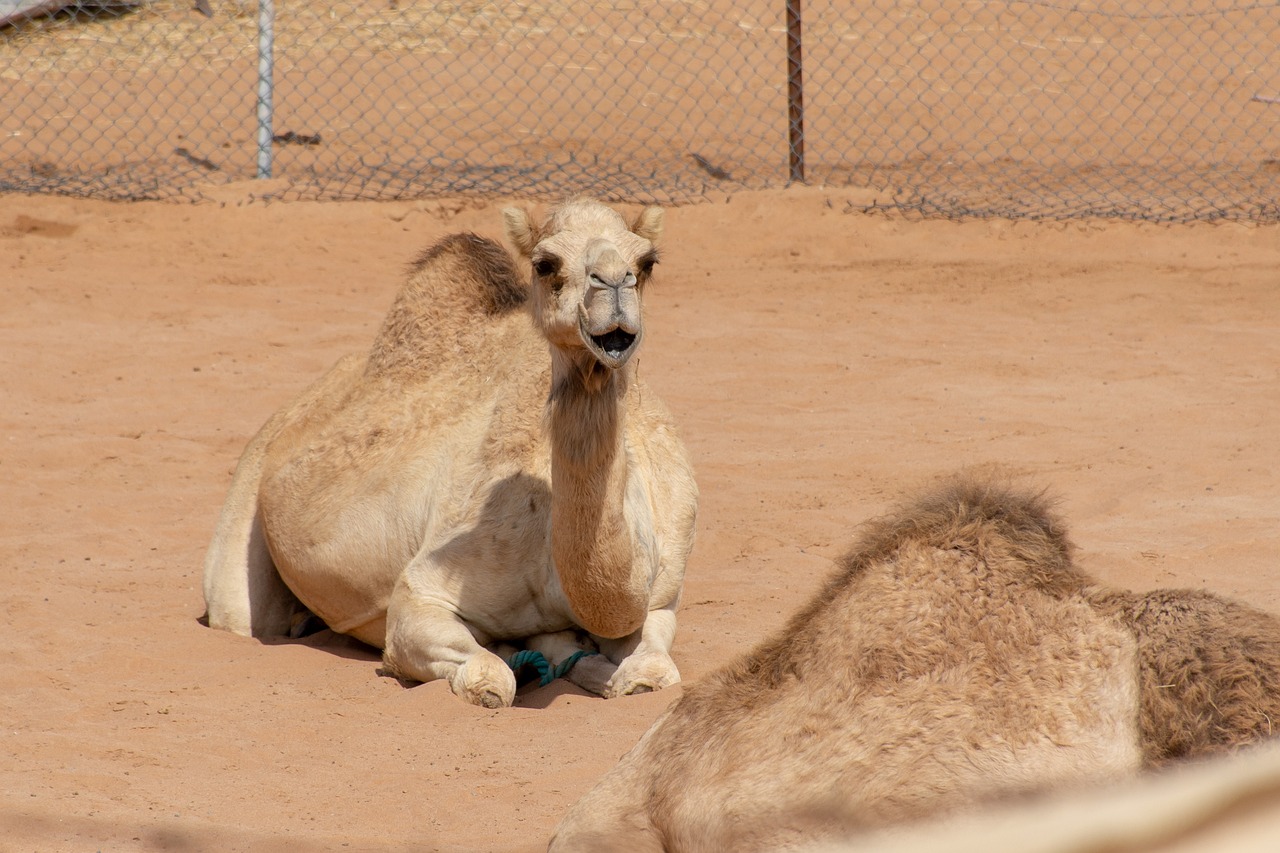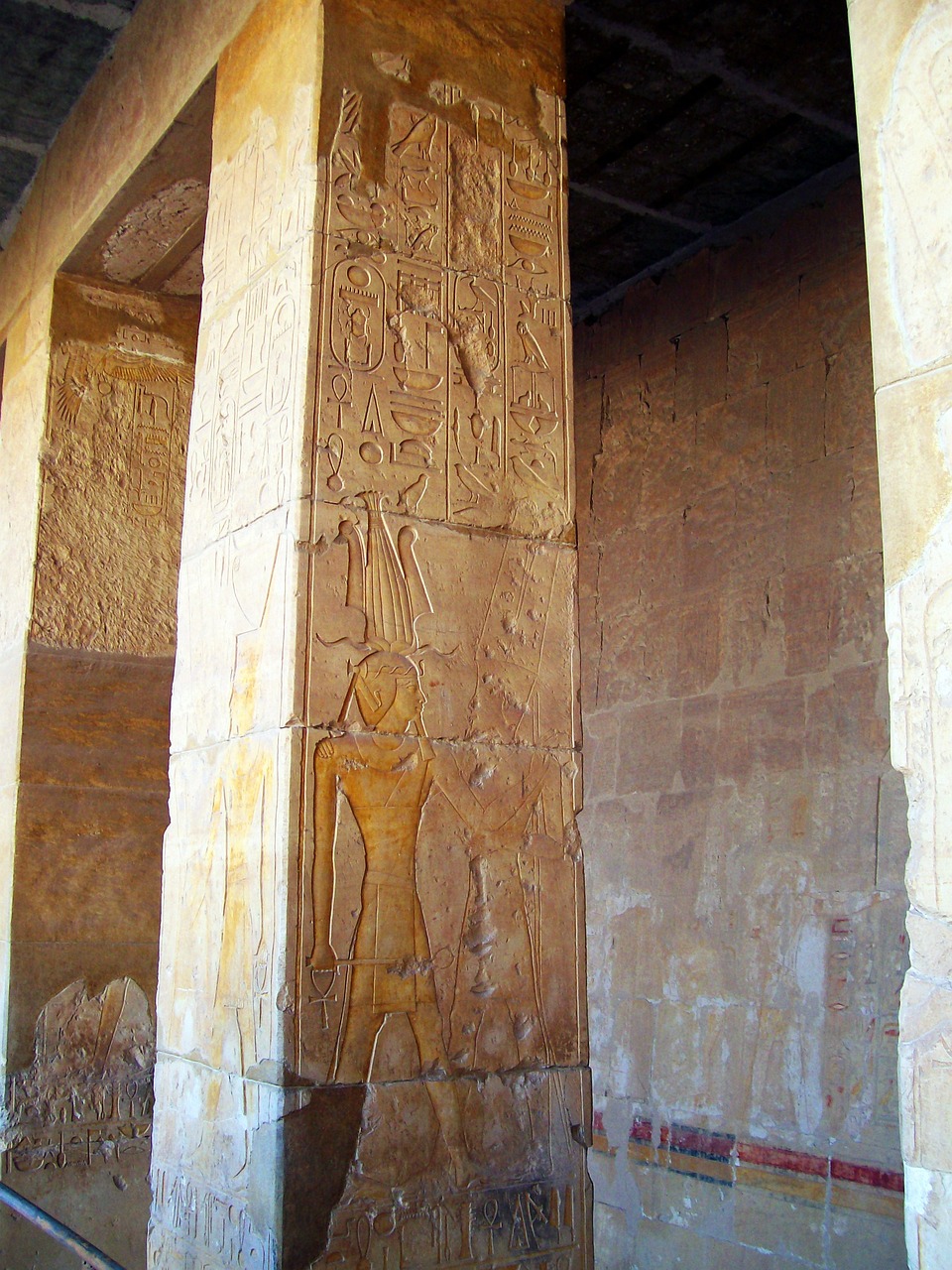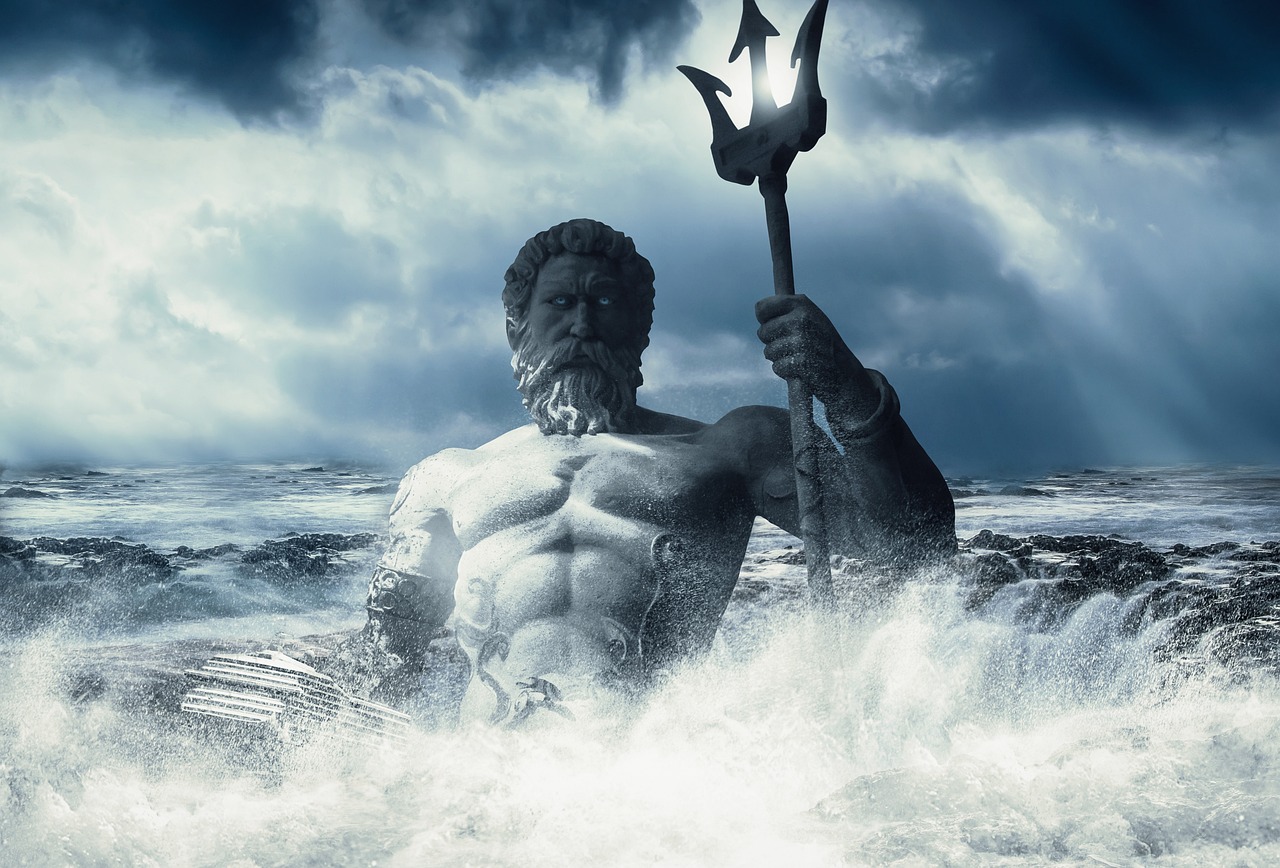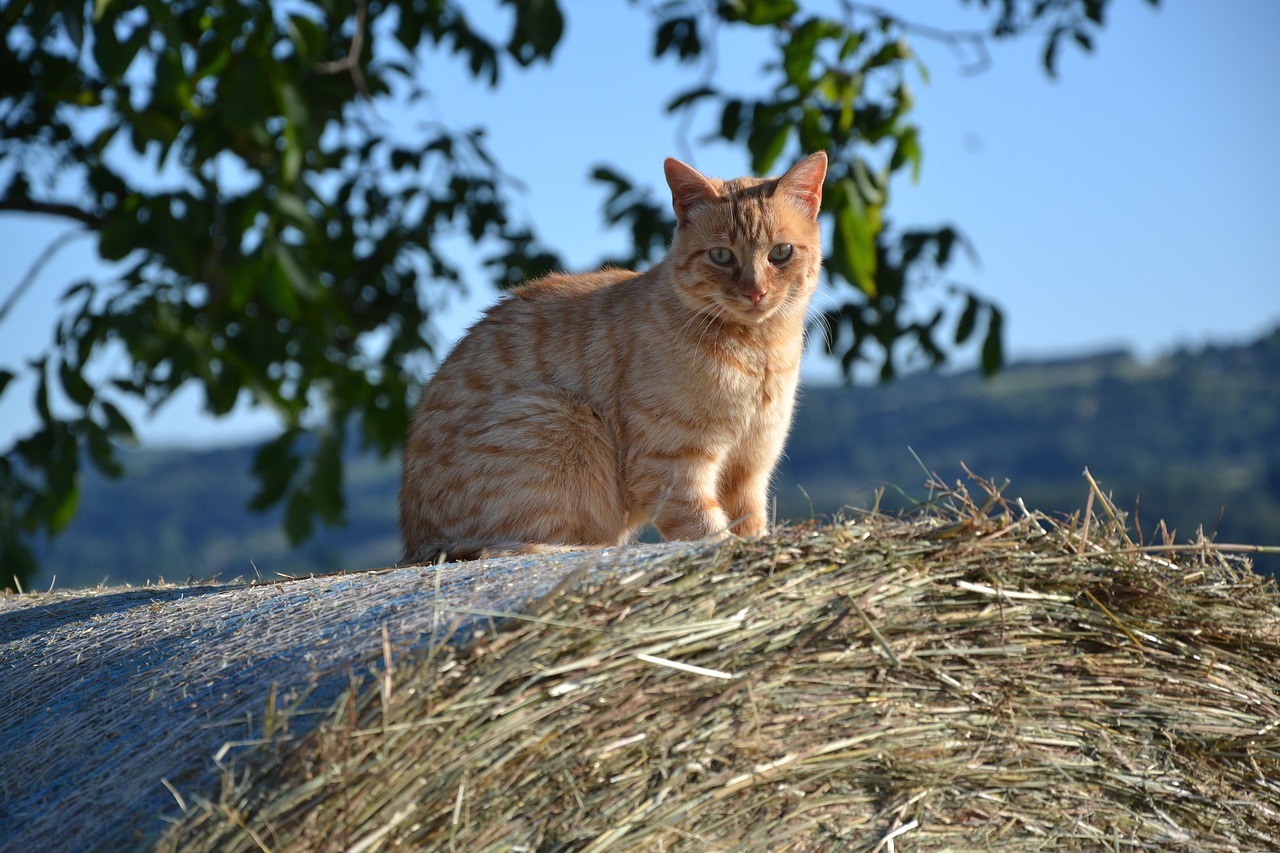Egyptian Mythology
-
Anhur: The Egyptian God of War Anhur, also known as Onuris, is an important deity in ancient Egyptian mythology, revered as the god of war and protector of both the army and hunters. Recognized for his impressive stature, Anhur is commonly portrayed as a man adorned with a distinctive tall crown of four ostrich feathers.…
-

In the northwestern sector of suburban Cairo, buried under 20 meters of sediment, lies the historical remains of ancient Iwn, a city that played a pivotal role in the genesis of the universe. Known later as Heliopolis, which translates to “city of the sun-god” in Greek, and Ain-Shams, meaning “eye of the sun” in Arabic,…
-

Ra: The Sun God of Ancient Egypt Ra, also known as Re, represents one of the most ancient and essential deities within the ancient Egyptian pantheon. Over time, this solar god became intertwined with other significant figures such as Horus, culminating in the composite deity Ra-Horakhty, which signifies the morning sun. Ra is also connected…
-

Hieroglyphic Writing: An Overview Hieroglyphic writing is a unique system that combines pictorial signs, which serve dual roles as representations of objects as well as phonetic symbols. The term “hieroglyphic,” derived from a Greek word meaning “sacred carving,” first appeared in the works of Diodorus Siculus during the 1st century BCE, although prior Greek references…
-
Apophis, often referred to as Apep, is recognized as the Great Serpent and the nemesis of the sun god Ra within the framework of ancient Egyptian beliefs. Ra’s formidable solar barque traversed the sky from dawn to dusk before descending into the underworld. Throughout its nightly journey, it faced attacks from Apophis, whose aim was…
-

While much focus is often placed on the deities of the sun in ancient Egyptian worship, the moon gods deserve equal attention. One such deity, Khonsu, has a rich history worth exploring. Initially, Thoth was the primary moon god, embodying wisdom and the passage of time; however, as Egyptian mythology progressed, Khonsu emerged as the…
-

Egyptian mythology is rich with captivating deities, and among them, Osiris emerges as a particularly significant figure. The stories surrounding Osiris, the god of the afterlife, are filled with intrigue and depth, shedding light on ancient beliefs and cultural practices. This exploration delves into the myths, powers, and enduring legacy of Osiris. Who is Osiris?…
-

The pantheon of ancient Egypt is rich with a myriad of deities that represent various aspects of human life and the natural environment. Among these divine entities, the goddess Mut stands out as a significant symbol of maternal strength and divine motherhood in Egyptian lore. Her influence, symbols, and mythological importance spotlight her esteemed role…
-

Ancient Egyptian religion is a complex tapestry woven from indigenous beliefs that span from the predynastic era of the 4th millennium BCE until the fading of traditional practices in the early centuries CE. These religious beliefs and rituals formed an integral part of Egyptian society, particularly during the historical period starting around 3000 BCE. While…
-

In the context of ancient Egyptian beliefs, Re was revered as the sun deity and creator god, playing an integral role in their mythology. It was thought that he journeyed across the heavens in a solar bark by day and traversed the underworld in another vessel during the night. To be reborn each day, he…


